Le kéfir est une boisson probiotique populaire connue pour ses bienfaits pour la santé et la flore intestinale. Mais qu'en dit la science ?
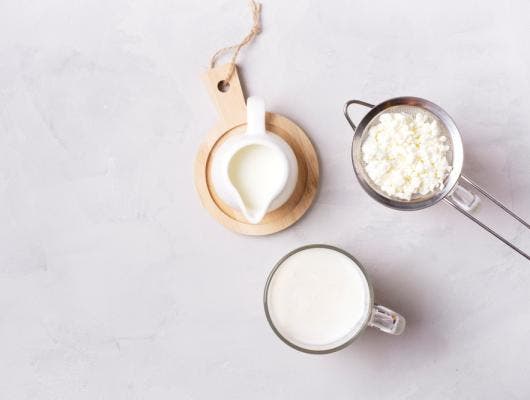
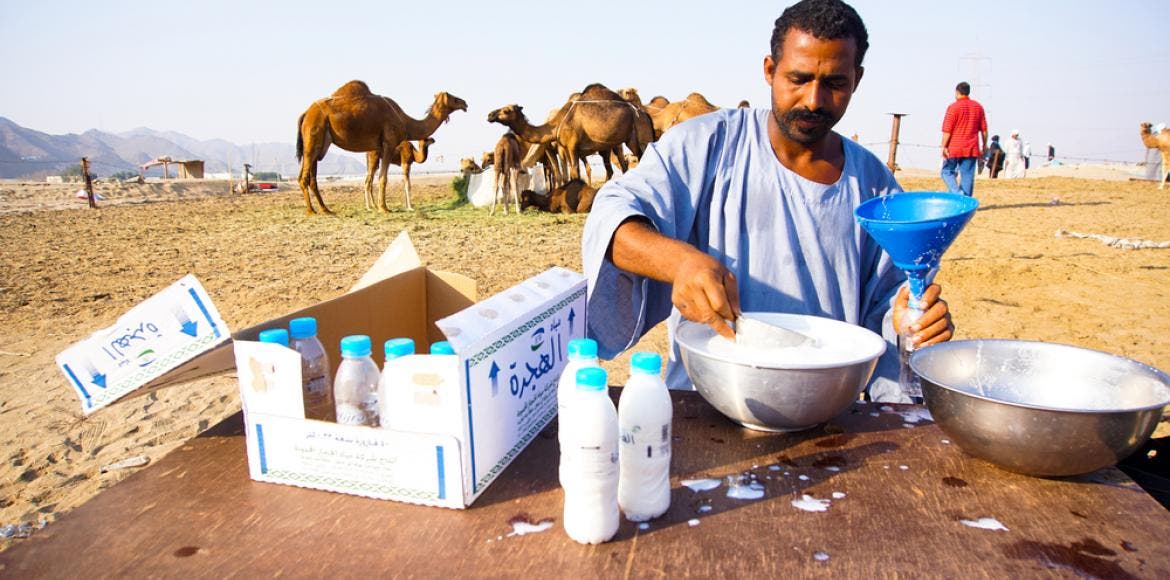
Peu consommé en France, mais très prisé en Afrique du Nord et au Moyen-Orient, le lait de chamelle possède des caractéristiques nutritionnelles et un goût intéressants qui gagnent à être connus.
Le lait de chamelle fait partie du régime alimentaire de nombreuses populations depuis la domestication des chameaux survenue il y a des siècles. C'est un aliment de base très prisé par de nombreuses populations, du Sahara occidental à la Mongolie. Il est notamment riche en vitamines, protéines et...
Retrouvez la suite de votre article en vous connectant à votre espace personnel.
Je m'identifieAccédez à des articles et conseils exclusifs en vous abonnant pour seulement 39 € / an.
Je m'abonneLes meilleurs livres et compléments alimentaires sélectionnés pour vous par NUTRISTORE, la boutique de la nutrition.
Découvrir la boutique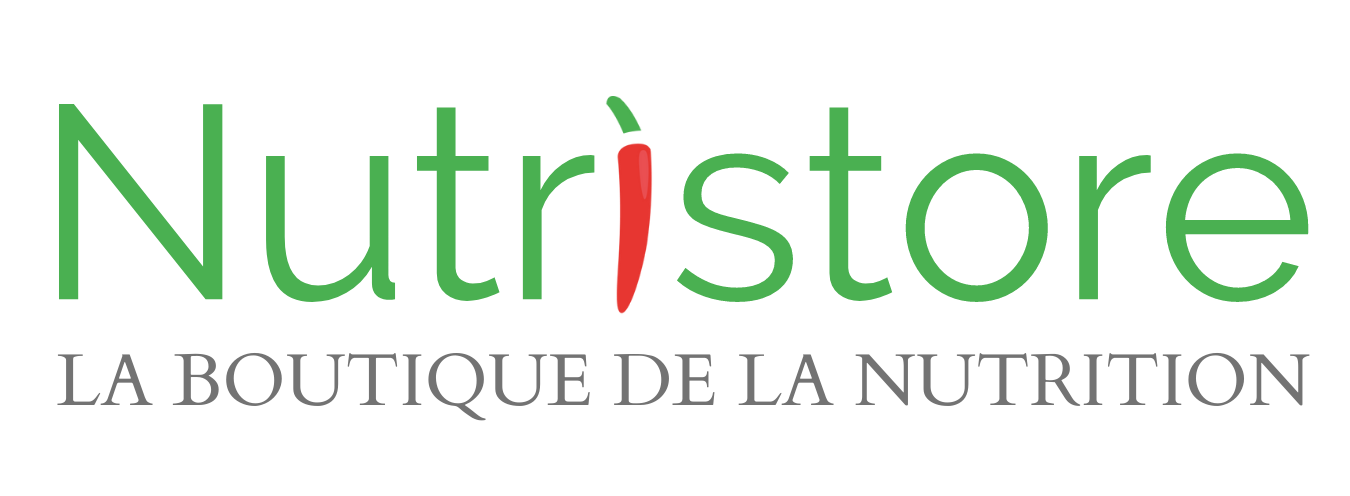
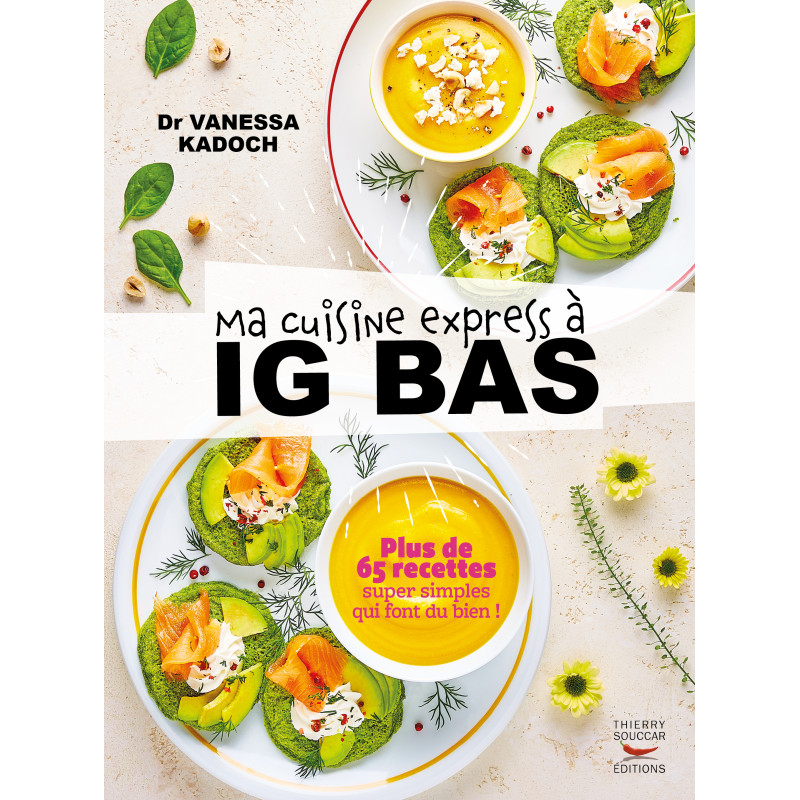
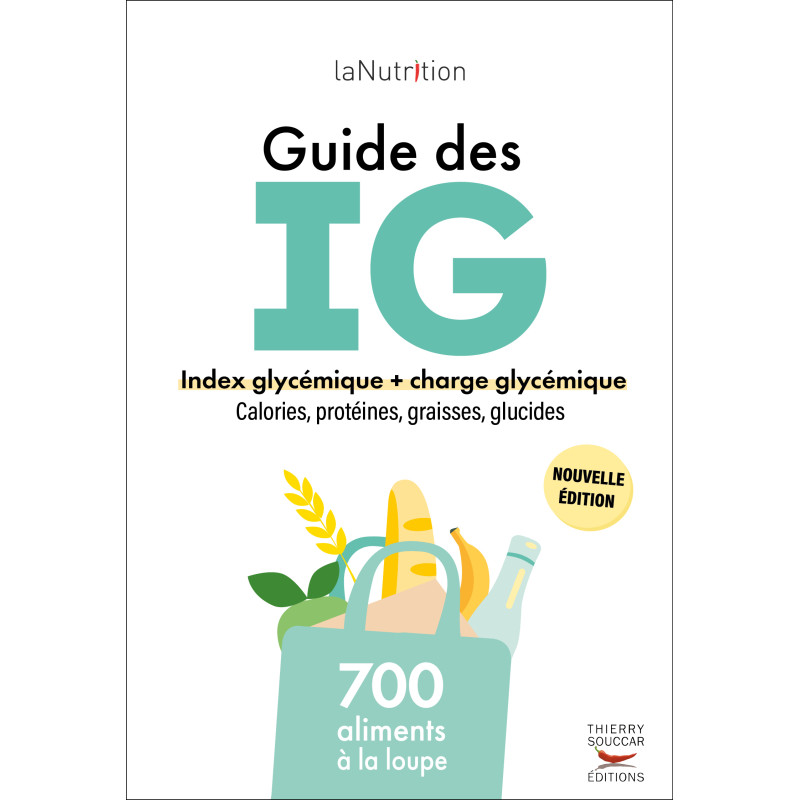


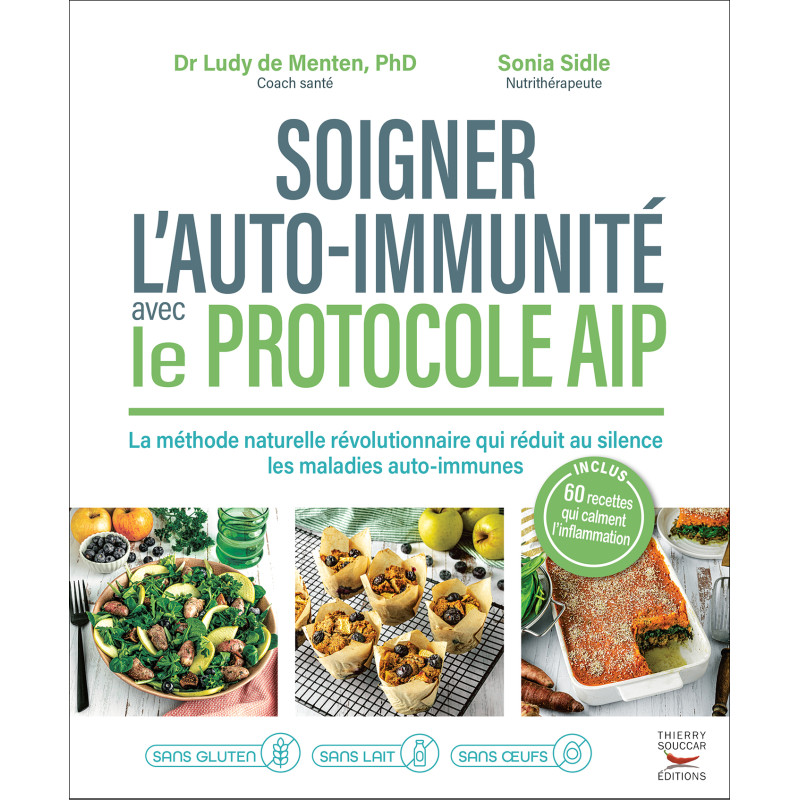
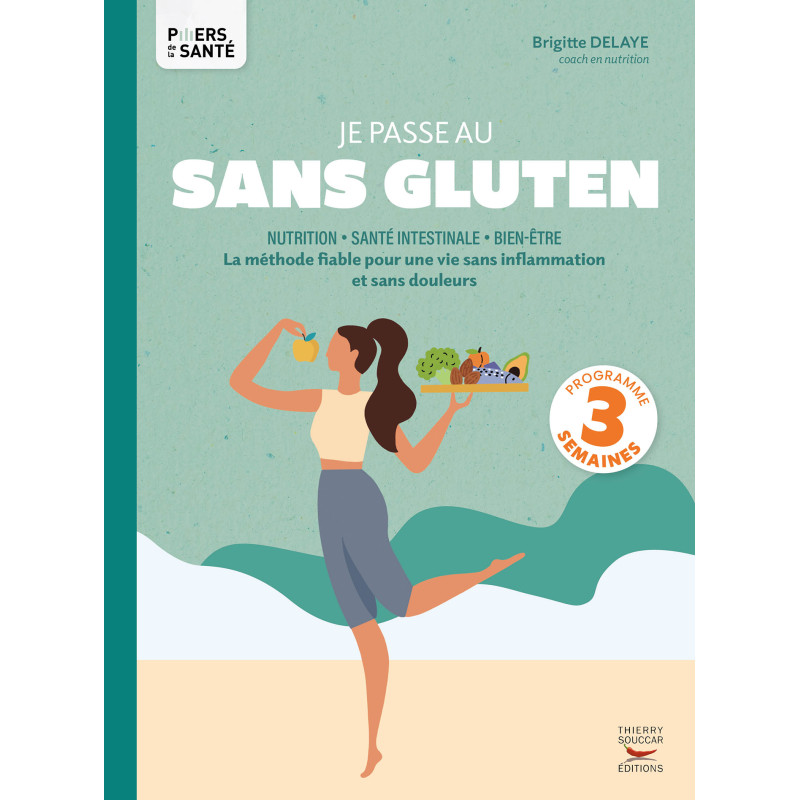

Le kéfir est une boisson probiotique populaire connue pour ses bienfaits pour la santé et la flore intestinale. Mais qu'en dit la science ?

Le magazine Enquête de santé sur France 5 présente un documentaire sur le lait et les boissons végétales, qui sera suivi d’un débat.

Quels sont les besoins réels en calcium, et faut-il consommer des produits laitiers pour les couvrir ? Explications détaillées et réponses.